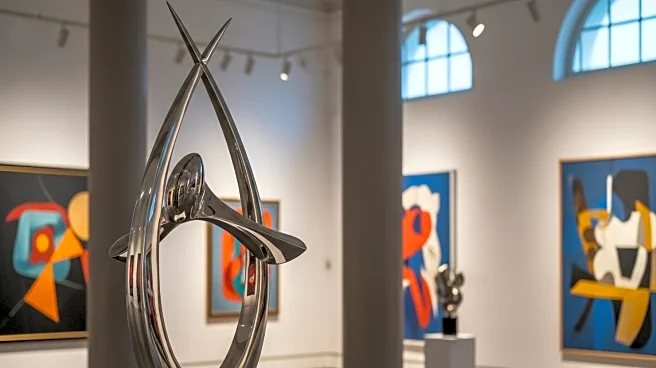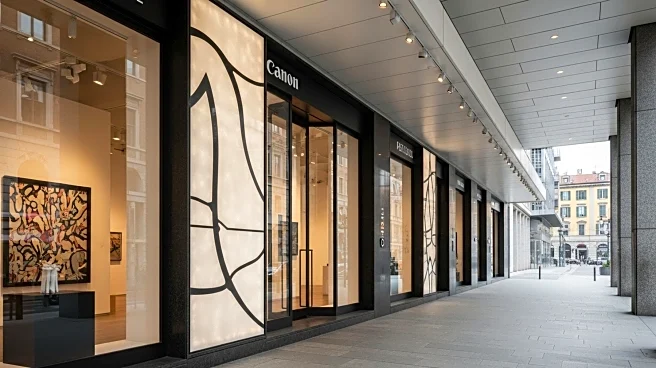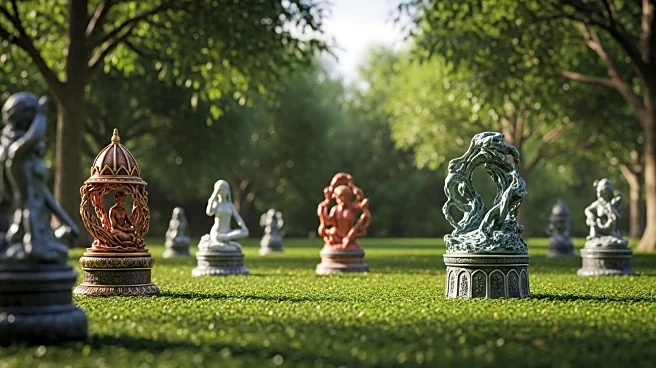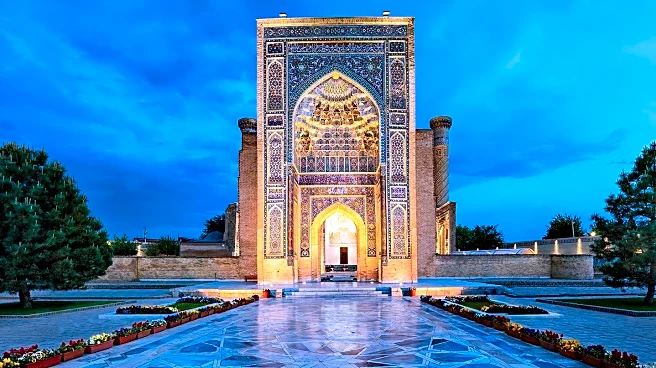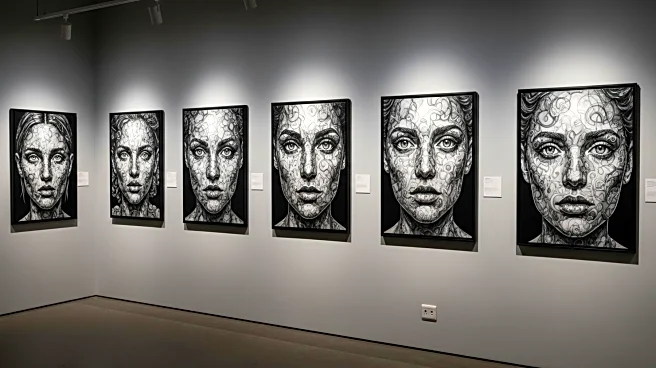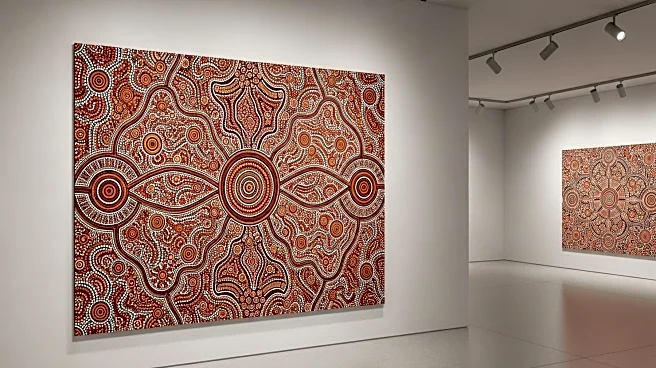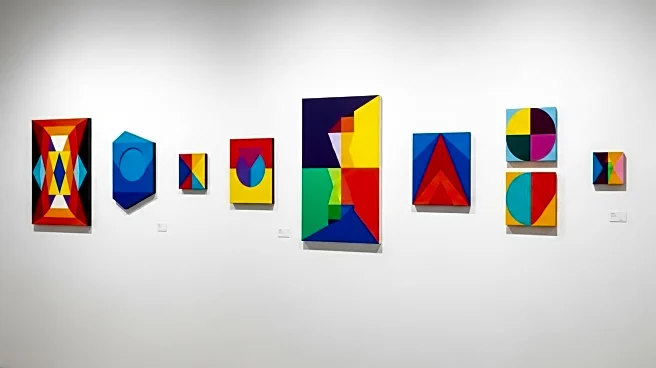What's Happening?
Mazzoleni gallery, originally founded in Turin, Italy, in 1986, is expanding its presence in the art world by opening a new location in Milan. This marks the gallery's third space, following its second location in London. The Milan gallery is set within a historic building and aims to contribute to the city's growing status as a global cultural capital. The inaugural exhibition, 'Nero x Nero: Burri and Nunzio,' showcases the works of two significant Italian artists, highlighting cross-generational artistic innovations. The gallery's expansion comes at a time when many galleries are closing or reducing operations, indicating Mazzoleni's confidence in the art market.
Why It's Important?
The opening of Mazzoleni's Milan space underscores the city's increasing prominence in the international art scene. By establishing a presence in Milan, Mazzoleni is positioning itself to better serve artists and engage with sophisticated international audiences. This expansion reflects a broader trend of galleries seeking to strengthen their positions amidst a challenging economic environment. The gallery's focus on Italian art history and contemporary voices may attract collectors and art enthusiasts, potentially boosting the local economy and cultural landscape.
What's Next?
Mazzoleni plans to maintain its foundational ethos while embracing new opportunities for artistic dialogue. The gallery aims to deepen relationships with established artists and support their international reach. Future exhibitions, such as the solo show of Brazilian artist Iran do Espírito Santo at the Turin location, are expected to further enhance Mazzoleni's reputation. The Milan space will continue to host exhibitions that honor the city's artistic heritage, contributing to its cultural evolution.
Beyond the Headlines
Mazzoleni's expansion into Milan highlights the city's role as a cultural hub, attracting international attention and fostering artistic innovation. The gallery's approach to dissolving barriers between historical and contemporary art may influence curatorial practices and inspire other institutions to adopt similar strategies. This development could lead to increased collaboration between galleries, artists, and collectors, enriching the global art community.

